How do cells accurately "navigate" in the human body? This seemingly small life activity controls important physiological processes such as embryonic development, wound healing and even cancer metastasis. Recently, a research team from the University of Maryland, Baltimore County (UMBC) published a breakthrough in the journal iScience. By constructing a "living maze" in the fruit fly egg chamber, they revealed for the first time the cell migration code under the synergistic effect of tissue geometry and chemical signals, opening up a new perspective for medical fields such as cancer treatment.
"The traditional model assumes that cells only rely on chemical concentration gradients to 'smell and find their way', but real tissues are far more complex than test tube environments," said biologist Michelle Starz-Gaiano, corresponding author of the project. The research team used fruit fly border cells as a model - a group of cells that migrate in the egg chamber, and their movement trajectory is strikingly similar to the metastasis of human cancer cells.
By combining the "wet experiment" under the microscope with the partial differential equation model constructed by mathematician Brad Peercy's team, the researchers found that cells do not passively follow chemical signals, but actively communicate with the "physical terrain" of the surrounding environment. When border cells traverse a 3D maze consisting of alternating narrow channels and open chambers, their migration speed fluctuates periodically as the width of the channel changes - they accelerate in a "canyon" with a diameter of only 5 microns, and slow down and adjust when entering a "plain" with a diameter of more than 10 microns. This movement pattern is very different from the predictions of early models driven by pure chemistry.
"It's like equipping cells with a real-time navigation system," said first author Alex George, PhD 2024. The three-dimensional imaging technology developed by the research can capture the dynamic distribution of chemokines (chemicals that guide cell movement) with nanometer-level precision, while the mathematical model successfully decouples the independent contributions of physical barriers and chemical signals. Verification results show that the cell speed changes predicted by the model are consistent with experimental observations by up to 92%, and even capture the "roundabout path" missed by traditional methods - cells will briefly retreat to reposition in complex terrain.
This cross-border collaboration has produced unexpected chemical effects: the reaction-diffusion equation developed by mathematician Naghmeh Akhavan successfully explains why some cancer cells can survive chemotherapy - they use the "shelter" of tissue deformity to avoid drug attacks. In the latest experiment at the Janelia Research Park, biologist George observed for the first time the "wave-like propagation" of chemokines in living tissues through a light sheet microscope, providing key parameters for model optimization.
This discovery is rewriting the research paradigm of cell migration. "In the past, we were like blind men touching an elephant, but now we finally see the whole picture," said Staz-Gayano. The "geometry-chemical coupling" mechanism revealed by the study provides theoretical support for the development of new anti-metastasis therapies: by reshaping the tumor microenvironment or interfering with signal transduction, cancer cells may be "lost".
The more far-reaching impact lies in the methodological innovation. The "digital twin" platform created by the team allows researchers to virtually edit tissue structures in computers and predict changes in cell behavior. This "biological-mathematical joint design" idea has attracted the attention of many pharmaceutical companies. As Professor Peercy said: "We are building a 'flight simulator' for cell movement, which will completely change the new drug screening model."
As interdisciplinary research deepens, this navigation revolution in the microscopic world may bring revolutionary tools to precision medicine. As biologists and mathematicians work together to crack the code of life, the day when humans can control the fate of cells is getting closer and closer.

 English
English عربى
عربى Español
Español русский
русский 中文简体
中文简体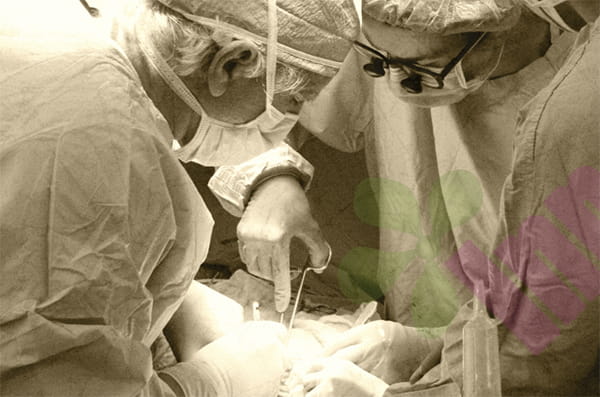






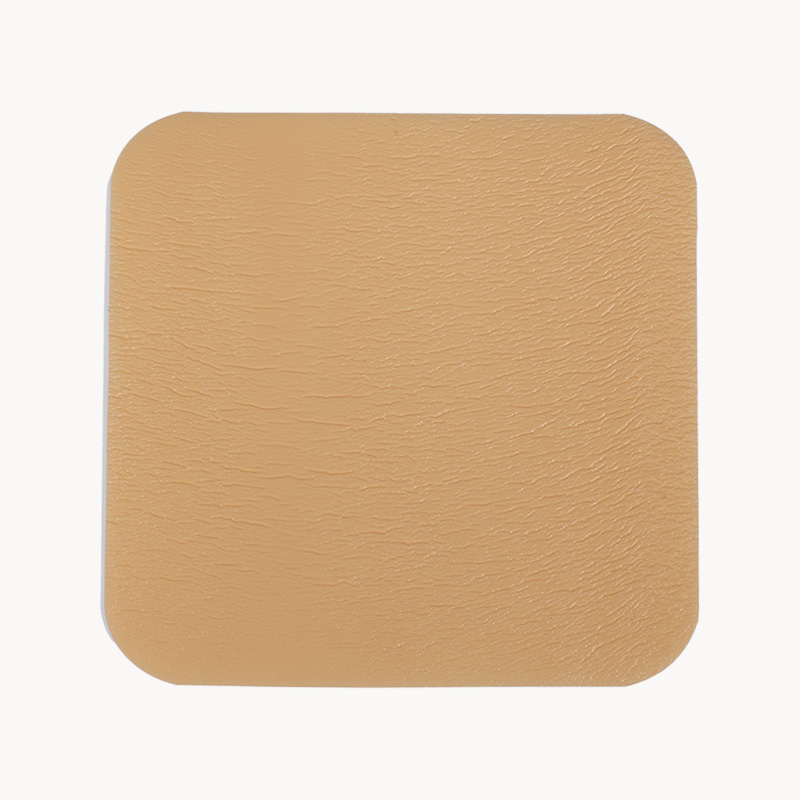
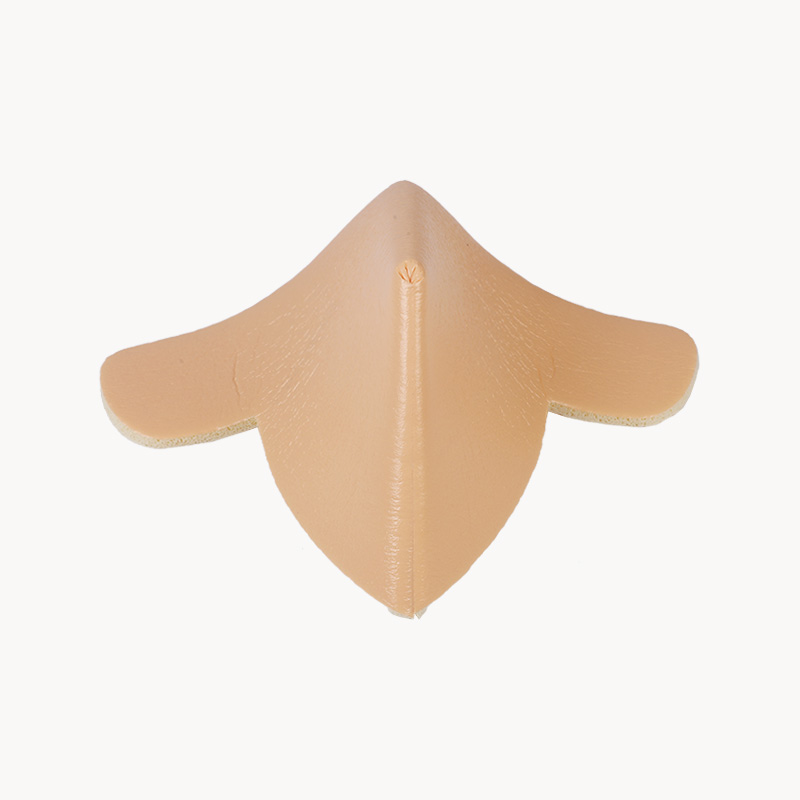
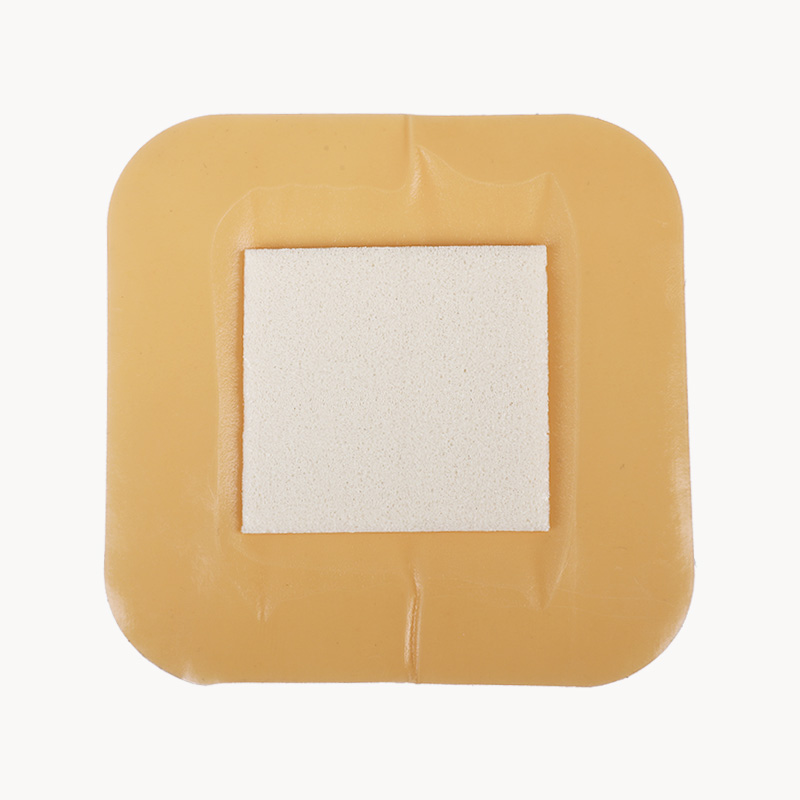
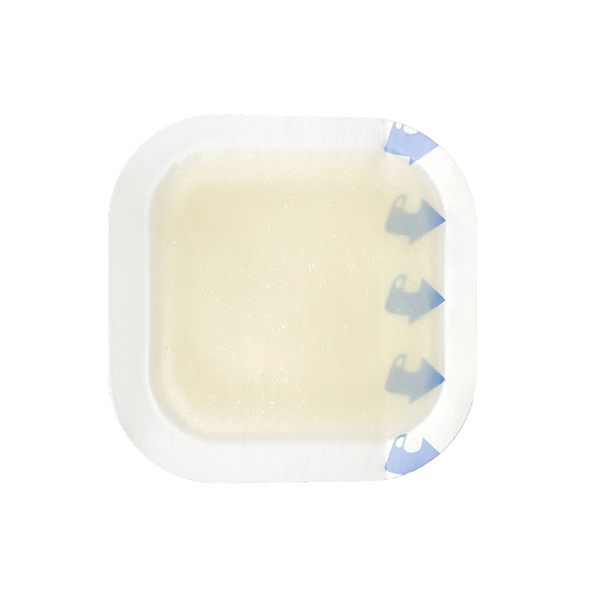
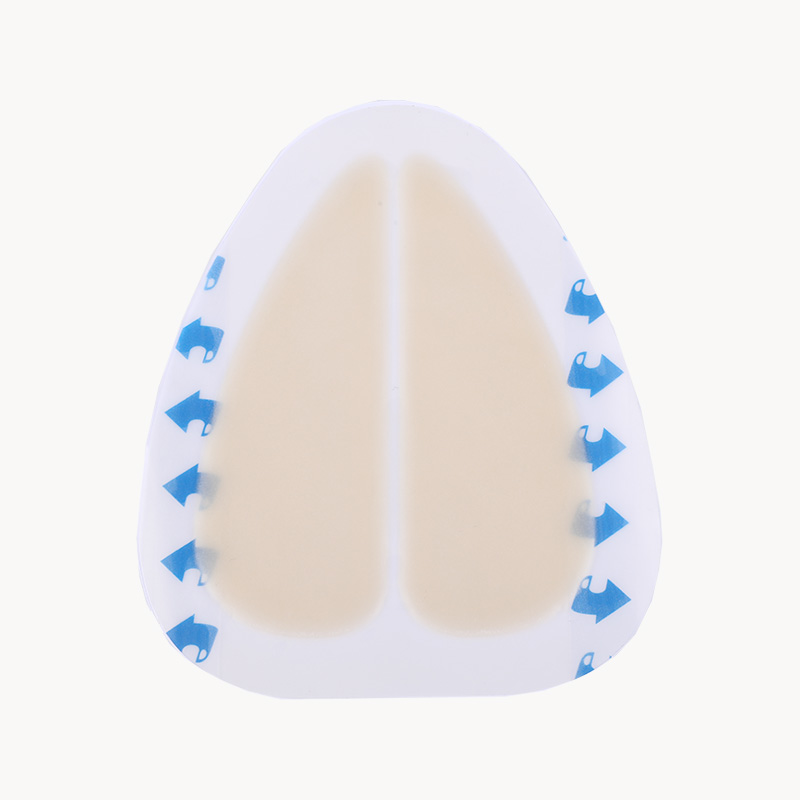
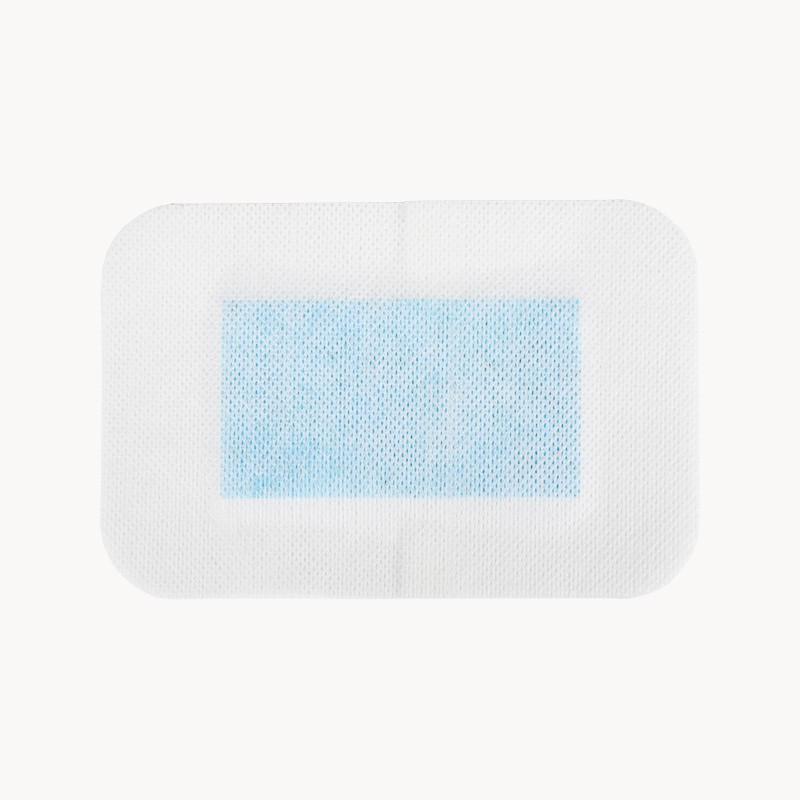
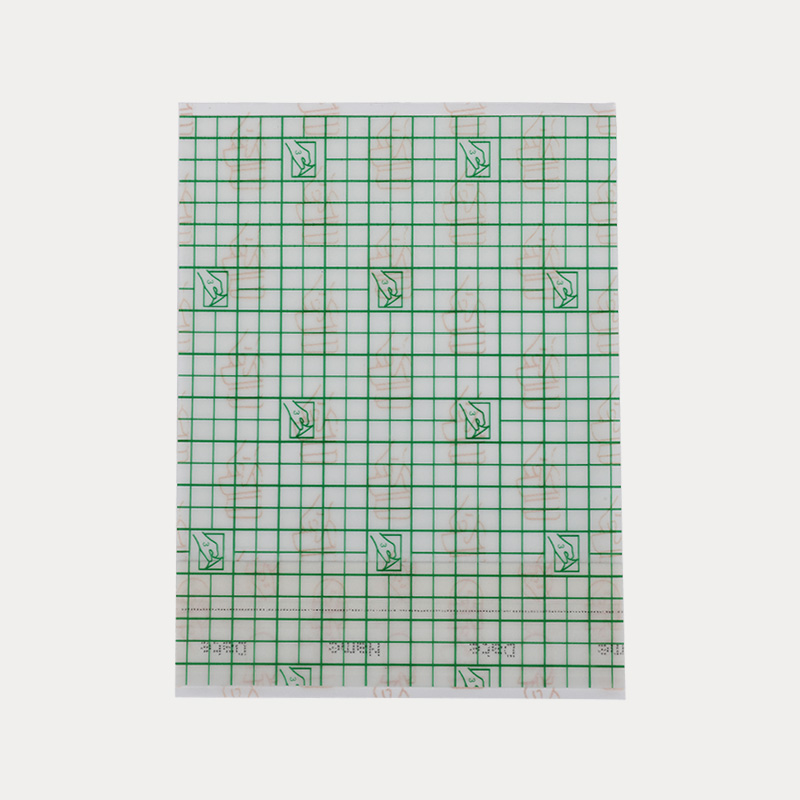
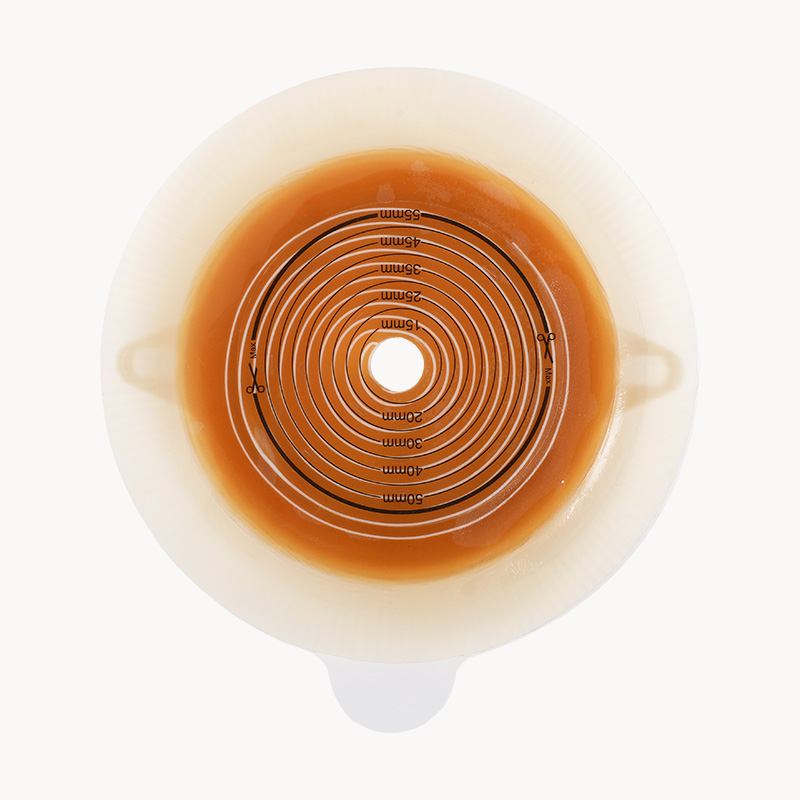

.jpg.png)


